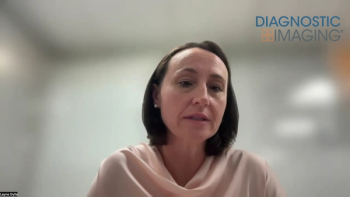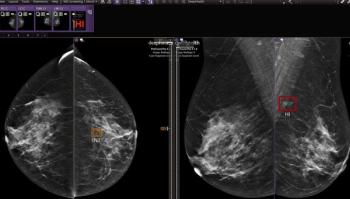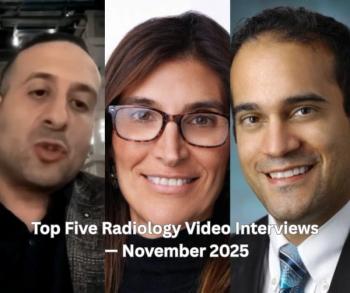
How the mighty have fallen
In 1999, when the National Academy of Engineering asked professional engineering societies to rank the top achievements of the 20th century, they ranked medical imaging techniques at number 14, one rung below the Internet and one above household appliances. A decade later the providers of imaging services and the companies that sell this equipment are scapegoats targeted for rate cutting and taxation. What happened?
In 1999, when the National Academy of Engineering asked professional engineering societies to rank the top achievements of the 20th century, they ranked medical imaging techniques at number 14, one rung below the Internet and one above household appliances. Yes, household appliances! In supporting their decision they described imaging as having "revolutionized medical diagnostics." A decade later the providers of imaging services and the companies that sell this equipment are scapegoats targeted for rate cutting and taxation. What happened?
Not much, actually. And that's the problem. Today's reimbursement problems come more from inaction than from action. Radiology is an easy political target because it has no natural constituency among the public for its leaders to rally to its defense.
We who have worked in this community for decades appreciate medical imaging for what it has done and can do in the future. But I doubt this appreciation is shared by the general public. I doubt many in the general public even know what radiologists do.
Those who would defend this profession and the community built around it are warning of dire consequences from a change in the Medicare utilization rate aimed at facilities that are still reeling from cuts imposed by the Deficit Reduction Act.
The American College of Radiology and the Access to Medical Imaging Coalition are trying to get the word out. Access to medical imaging will slide, they say. The quality of healthcare will falter. Some patients will die prematurely. But who, I wonder, is listening?
When President Obama seeks to push a legislative agendum through Congress, he stumps from coast to coast, stirring the masses. Political strength is drawn from the people. Unless radiology can get its message across to Joe the Plumber and others like him, radiology will be fighting an uphill battle on the reimbursement front for years to come.
The imaging community, including providers and vendors, has for decades realized that the future of medical imaging depends on the quality of images and the accuracy of diagnoses. Lately it has come to recognize the importance of cost-effectiveness and efficiency in the mainstream of medical practice. It has yet to come to grips with the politico-economic realities that will define healthcare in the future. Only by reaching out to the public can it do so.
Newsletter
Stay at the forefront of radiology with the Diagnostic Imaging newsletter, delivering the latest news, clinical insights, and imaging advancements for today’s radiologists.


























